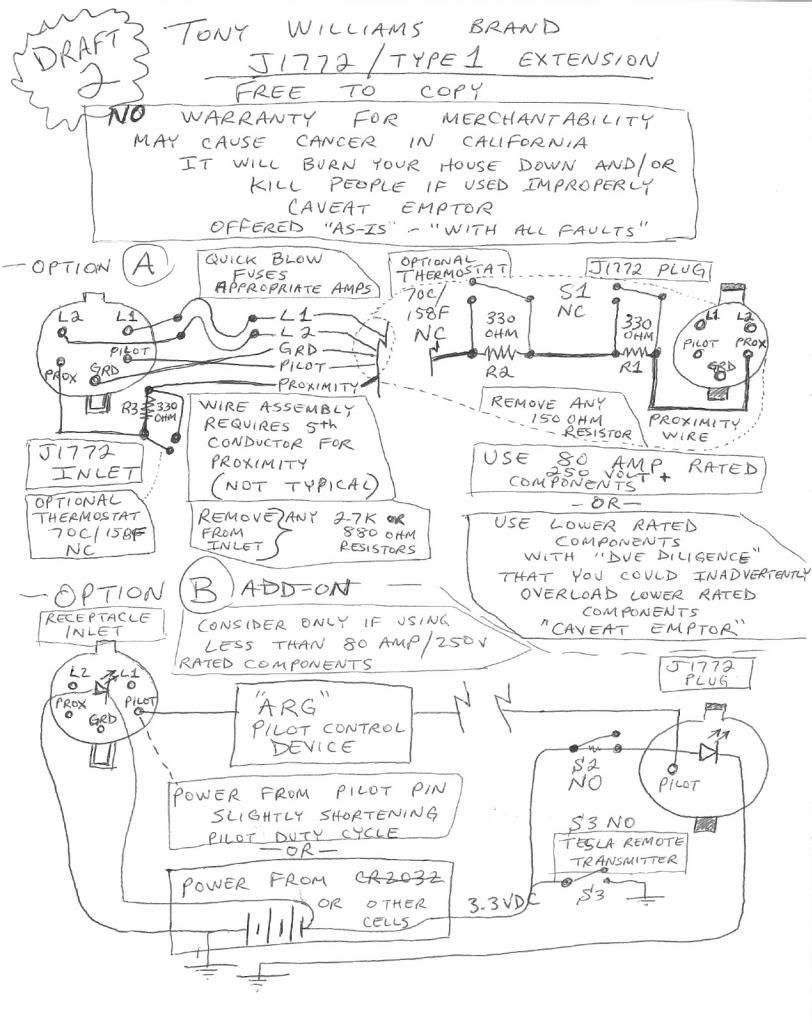Yanquetino
Well-known member
- Joined
- May 11, 2010
- Messages
- 479
VERY nice, Phil! You know, you should offer these for sale along with your L1-to-L2 upgrade. I bet a lot of those same customers would want one. I suppose it would depend upon the price, however, as J1772 receptacles probably don't come cheap, do they?
Ingineer said:Nice!
Here's how I accomplished the same thing:

-Phil








